This week I’d like to talk about budgets - the bane of every turf professional’s life.
In Mike Atherton’s words, (not that one, a grounds professional from the Isle of Man!). “We are a proud bunch, from the local volunteers, right up to the lucky few who work at the world’s biggest stadiums. We all have a common goal regardless of what level we work at - to produce the best surfaces we can, and the quality of our surfaces is what we are judged upon”.
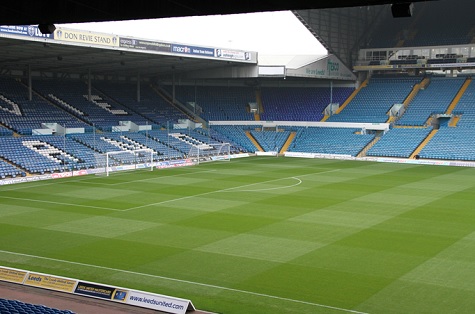
However, in most cases, the ability to deliver these quality services comes at a cost in terms of time, resources, endeavour and the sheer fact we need an appropriate level of investment to deliver these quality playing surfaces.
Groundsmanship only seems to be recognised at the top levels, driven by televised coverage of professional sport and the fact that the sportsmen and women demand a safe and consistent playable surface. Few ever realise what goes in to producing such a surface. At the other end of the scale, people turn a blind eye to the quality of the work at a local club ground, often being taken for granted. Many of these clubs cannot afford to pay for a groundsman. Many cannot afford to buy the machinery that they need. It amazes me how these clubs survive?
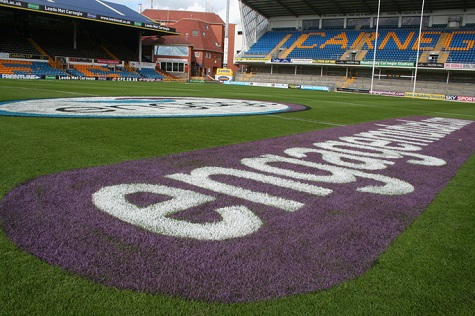
The very survival of these clubs often depends on the volunteer sector. How many other businesses’ survival is based on a volunteer workforce? It is a sad fact that the grass roots clubs are effectively run as a charity, whose very survival is dependent on a handful of people who give up their time for nothing. How can this happen in a multi-million-pound industry? No, not groundsmanship - sports? The puzzle is that sports would not be complete without the surfaces on which they are played. A professional industry that is supported by charity. Sooner or later this phenomenon will come to an end.
I totally agree with Mike’s above sentiments there just too many sports clubs who fail to grasp the concept of investing in their facilities by having an appropriate annual maintenance budget allocated to grounds maintenance.
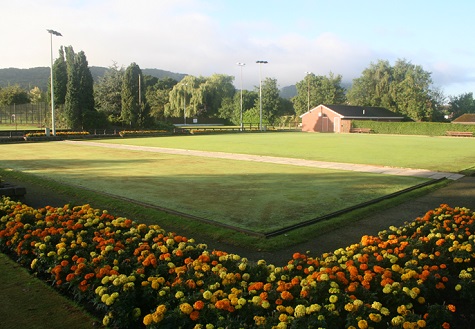
In my opinion, all sports clubs should have a 5-10 year business plan in place that helps them deliver and maintain their status in the community. The plan should describe the current state of the club, have plans of what work they want to achieve and give time scales of when this work will happen. Also, within this plan there should be detailed accounts of the costs for running the club.
In terms of managing the grounds, clubs should have an annual budget set aside for maintenance and renovation of the club’s pitch facilities. To me having volunteers is a bonus, and at the end of the day the club would still need to invest in the right machinery, materials and services for these volunteers to be able to undertake the work required on the grounds.
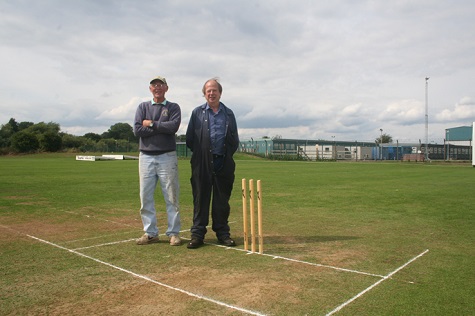
Mike also spoke about his concerns for the future of the industry stating that "We as an industry are nearing a chronic lack of facilities to play our sports on. This is a result of a number of factors such as increased health and safety legislation, increased demands on the surfaces and the ongoing change in mindset whereby volunteers are proving more difficult to come by. There is no escaping the fact that soon there may be no place for volunteers - the ever increasing working regulations won’t allow it. A skilled, professional workforce will be a pre-requisite.
“Soon, our industry will be left with only two options; clubs will have to run as a business and all costs will have to be passed on to the end users. This is similar to how most golf clubs are run, or funding will be made available for the upkeep of the grounds by the sports’ governing bodies. I feel that with the failure of either of these scenarios happening, not only will the art of groundsmanship die off, but so will grassroots sports, which will inevitably lead on to higher levels of obesity, crime, stress, a further stretched National Health Service.”
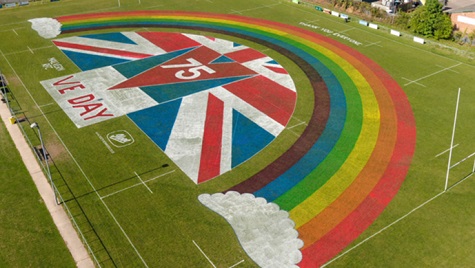
Strong words from Mike, but not inconceivable in the present climate. We have not seen the full consequences of the current Covid-19 pandemic. I believe there will be some casualties along the way within the next two years, with a number of clubs either folding or having to reduce their commitments drastically to survive.
It is awful to think it will ever get to this, but as we all know for many years we have struggled to get the recognition that there are essential costs for providing and maintaining sporting facilities - I have written umpteen articles on this very subject. Yet we still see many clubs not investing anywhere near enough money and resources to maintain their facilities to a decent standard.
Only a couple of weeks ago I wrote the following article Investing in our facilities and I gave an example of the costs of maintenance and renovation for bowls, football and cricket pitches.
For for a full size, single soil based, natural grass football or rugby pitch, the annual maintenance cost would be between £10,000-£20,000 depending on the level of input given. A typical end of season renovation undertaken by a contractor, that sees the pitch scarified, vertidrained, topdressed (60 tonnes of sand), oveseeded and fertilised, it is likely to cost between £6000-£9000 alone. The annual maintenance will cost around £10,000 based on a weekly mowing of the pitch, fertilising, weed control, vertidrain / linear aeration, marking out and other essential operations.
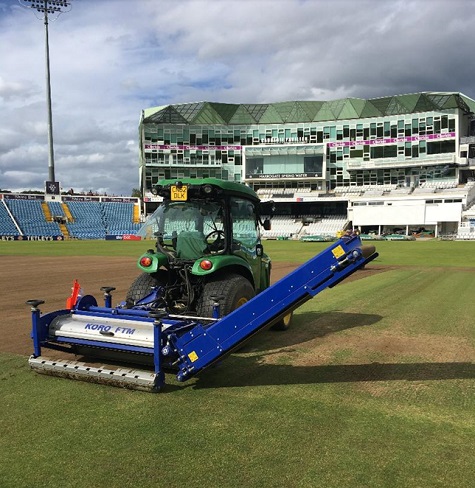
Cricket comes at a similar cost between £15,000-£22,000 per year depending on the size of the square.
The first priority is that clubs need to have a better understanding of what is involved in maintaining a natural grass pitch. There needs to be a detailed maintenance schedule produced, detailing the work required and, more importantly, the costs required to undertake this work. Whether the work is done in house, by volunteers or by paying a qualified groundsmen or indeed hiring a contractor, there will be a cost attributed to it.
It would be then be down to the club to find the necessary funds to pay for these services.
Far too often clubs do not charge enough money for player memberships. Most clubs charge in the region of £100-£150. Is that enough to cover the overheads of a club?
There are known fixed costs at most clubs, (electric, rent, rates, maintenance costs etc). They should all be accounted for and subsequently covered by the cost of membership, sponsors and event incomes.
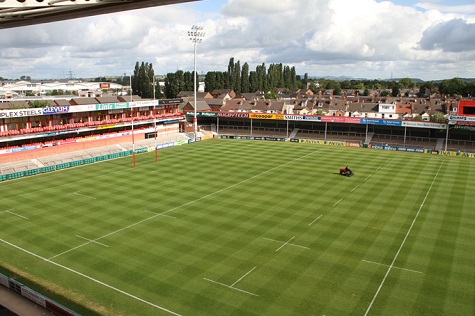
The actual cost of maintaining the pitches is low compared to other costs the club may be paying. I often wonder what benefits many junior clubs get from paying players? In rugby, rarely do we see any benefit for the clubs from this expensive outlay.
Without the club’s playing facilities, they would cease to exist. So once we’re back to normal after Covid-19, we must see a change in mindset and start investing in these unique community assets.